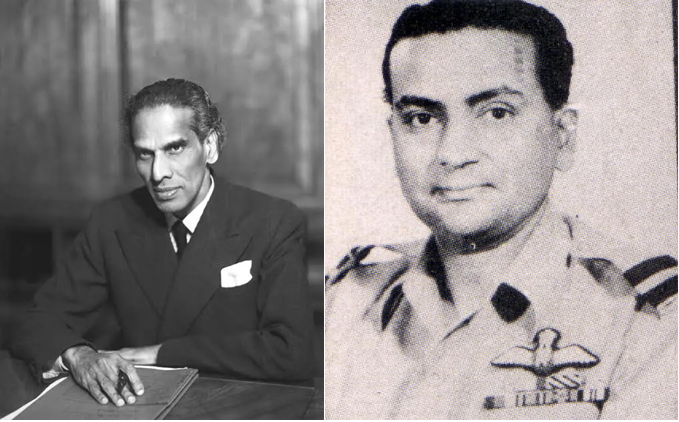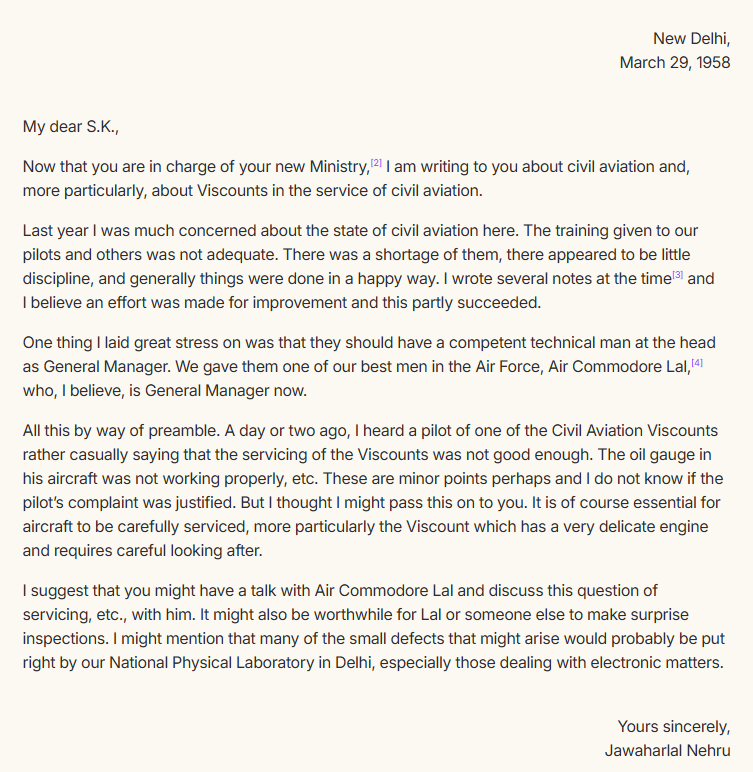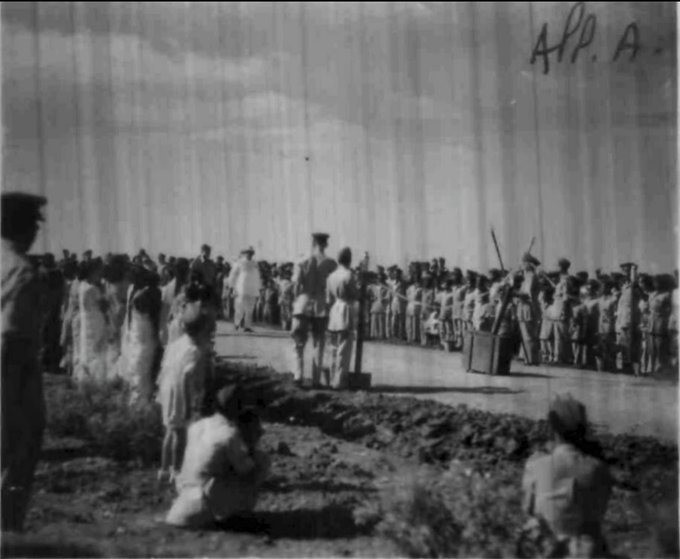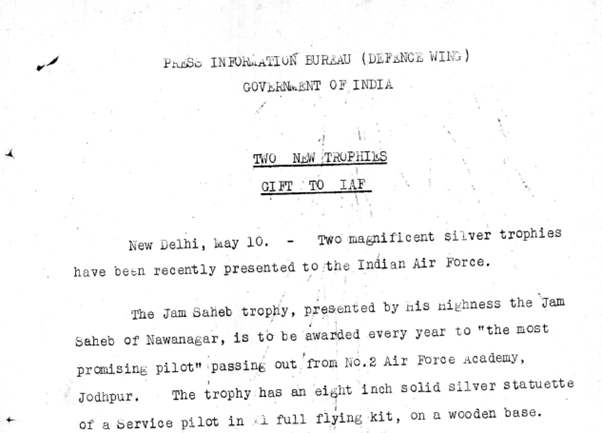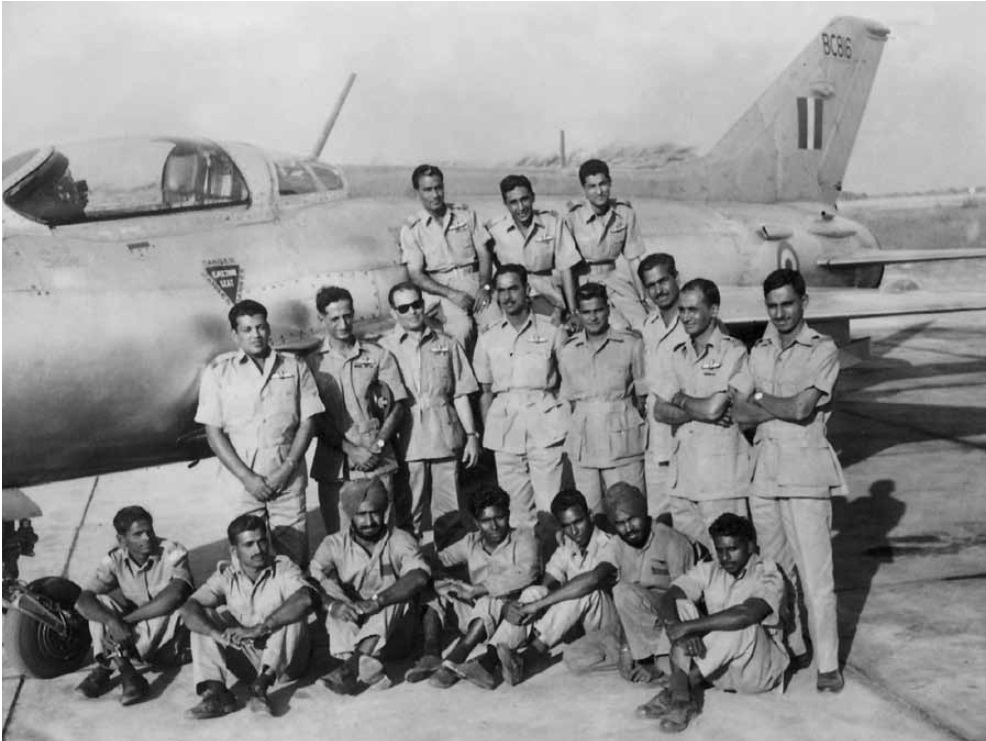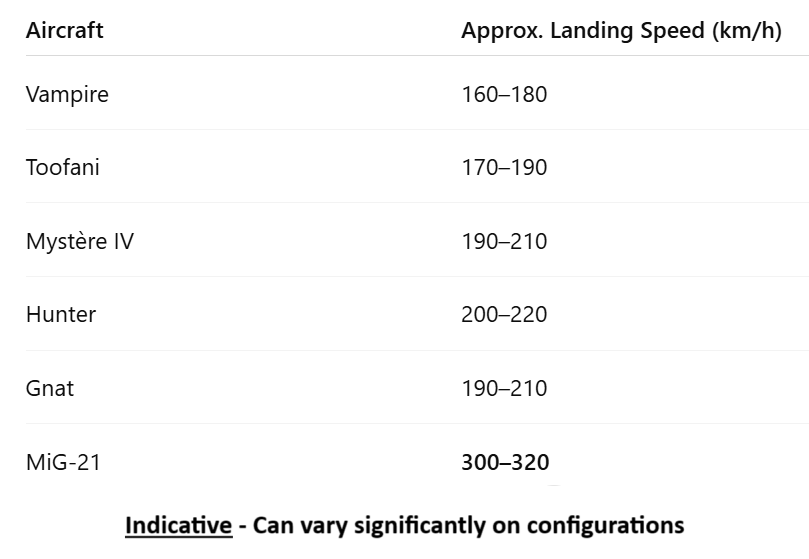@IAF_MCC celebrates AVM Harjinder Singh as the pioneer of the Tech branch. Unsung and unknown is the name of Air Cmde Narinjan Parsad Nair. He was the 4th senior-most officer ever in the tech branch when he hung his boots in 1965. This is his journey. #IAFHistory (1/16) 

Born on 21 Nov 1915 at Kunjha, Gujrat in West Punjab, to Dewan Durga Prasad Nair who was a criminal lawyer with practice at Ferozepur, Nair would be inclined to the military from early on. His RIMC interview was conducted by the Governor of United Provinces 2/
He was at RIMC Dehradun from 1927 to 1933. A contemporary of Gen. Prem Bhagat, he joined the Indian Military Academy in 1934 but was withdrawn on medical grounds having partially lost hearing in one ear due to an infection caught during participation in a swimming competition 3/
Undeterred by the setback & guided by his mother's desire for him to study abroad, he joined the de Havilland Aeronautical Technical School at Hatfield, England, and completed his aeronautical engineering in September 1938. 4/ 

On return to India, his first employment was with the Madras Flying Club (MFC) as Chief Engineer. De Havilland Puss Moth plane had pioneered pilot training at the MFC and it was natural for Nair to put his training to use here. His heart though remained with the military. 5/ 

IAF opened officer commissions for the technical branch in 1942. Ever enthusiastic Nair was well qualified, applied & was commissioned in March 1943 with service number 2280, in the rank of Flying officer as the 7th senior-most tech officer in all IAF. 6/ 

He was posted to UK for adv trg, and on return would serve as Engineering officer with numerous units – 3,12 Sqn, AFS Ambala with Hurricane, Spitfire, Oxford & Dakota ac. A rapidly growing IAF saw Nair promoted to Wg Cdr in 1953, only the 4th such promotion in the Tech branch. 7/ 

Groomed for a leadership role, he attended the 7th course at DSSC, Wellington in 1954 & soon took over as the CO of the largest Base Repair Depot, 1 BRD at Kanpur from Harjinder Singh. Harjinder had been CO for 7 years and was moving on to take over the newly formed Maint Cmd. 8/ 

Promoted to Gp Capt, he commanded 1 BRD till Aug 1956 when his services were required back at AirHQ to take over as Director of Technical Services (DTS) – the senior-most tech posting in AirHQ. Its equivalent today is Air officer-in-charge Maintenance in the rank of Air Mshl. 9/
As DTS he was on the first flight to Panjim (Goa Ops) with AVM EW Pinto & in 1962 to Chushul. He remained in that role for 8 long years shaping the tech Adm setup of IAF, the same period Harjinder Singh remained as AOC-in-C of Maint Cmd 10/
In 1964, he was promoted to Air Cmde and was following in the footsteps of Harjinder. He was posted as the first Air-officer-Commanding Chakeri base, which had 1 BRD as its lodger unit among other units. 11/ 

Harjinder retired in 1964 and Nair considered himself worthy of taking over Maint cmd, but the appt was restricted to only flying branch officers. Miffed & unable to prevail, he put in his papers. Ironically, the policy would change years later & Nair may have gotten his due. 12/ 

Harjinder & Nair continued their association post-IAF. They both became advisors, Civil Aviation to govt of Haryana (at Chandigarh) & Punjab (at Patiala) respectively. After Harjinder’s death, Nair took his place at Chandigarh as was Harjinder’s dying request. 13/
Nair died in Oct 1983, and his contribution to IAF & aviation at large is lost to the current generation. Rimcolians of that era though remember him for a spectacle in the late 1950s where he landed at RIMC for a reunion in an Alouette with Subroto Mukerjee. 14/
His namesake & contemporary was Ulianjari Krishnan Nair, another tech officer who was promoted to Gp Capt together with NP Nair in 1955. Often the two are confused. Nair’s did dominate the tech branch, @TheBrownBeagle 's father AVM KN Nair also rendering yeomen service. 15/ 
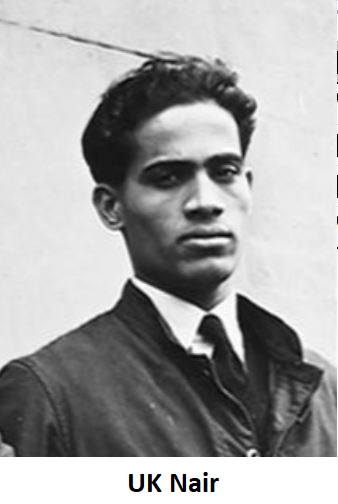
NP Nair’s elder brother Col KP Nair was a KCIO in the RVC. Both NP and KP’s children served in the Indian Army/Air Force. NPs son Col. Pavan Nair @pavannair served the Indian Army with distinction, especially in the Siachen theatre. I am grateful to him for the inputs. 16/ 

• • •
Missing some Tweet in this thread? You can try to
force a refresh


